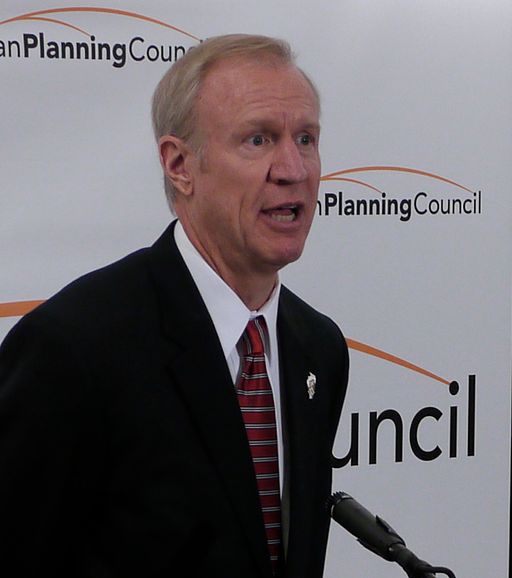
The attorney for the bankrupt California city of San Bernardino on Thursday said that pensions would not be altered in the course of the city’s bankruptcy.
The statement was important, because it was the first official word from the city that pensioners would be given much higher priority than its bondholders.
Observers are watching San Bernardino closely; specifically, how the city handles its pension debt during bankruptcy.
As municipal bankruptcies become more common, pension benefits are increasingly on the chopping block.
But San Bernardino officials all along said that they would preserve pension benefits and keep making payments to the California Public Employees Retirement System.
The city’s other creditors won’t be so lucky. In order to preserve pensions, the city’s bondholders will likely be significantly impaired.
On Thursday, City Attorney Gary Saenz made the following statements about the city’s bankruptcy plan, according to Reuters:
Bankrupt San Bernardino will significantly impair its bondholder creditors while paying pension fund Calpers in full in a plan to be presented in May, City Attorney Gary Saenz said on Thursday.
[…]
Saenz said the city will present its bankruptcy plan in May to give creditors a clear idea of how much the city can afford to pay them. The city was preparing for months of challenges and possible litigation from unhappy creditors after the plan is presented, he said.
“From their perspective, they see some impairment of Calpers as reasonable if they are going to receive a significant impairment,” Saenz said, referring to EEPK, Ambac and Wells Fargo. “But we need to compare that argument to our ability to provide services for our city. And that needs a workforce. And you can’t have a workforce without pensions.”
Under the city’s bankruptcy plan that is being drafted, cutting its debt to its pension obligation bondholders “will not have the same impact on the city post-banktruptcy if we impaired pensions,” Saenz said.
In Detroit’s bankruptcy, pensions were indeed cut. But the cuts were less than many expected, and creditors still took the brunt of the hit.
Another bankrupt California city, Stockton, manages to keep pension benefits unimpaired.
Photo by Pete Zarria via Flickr CC License







